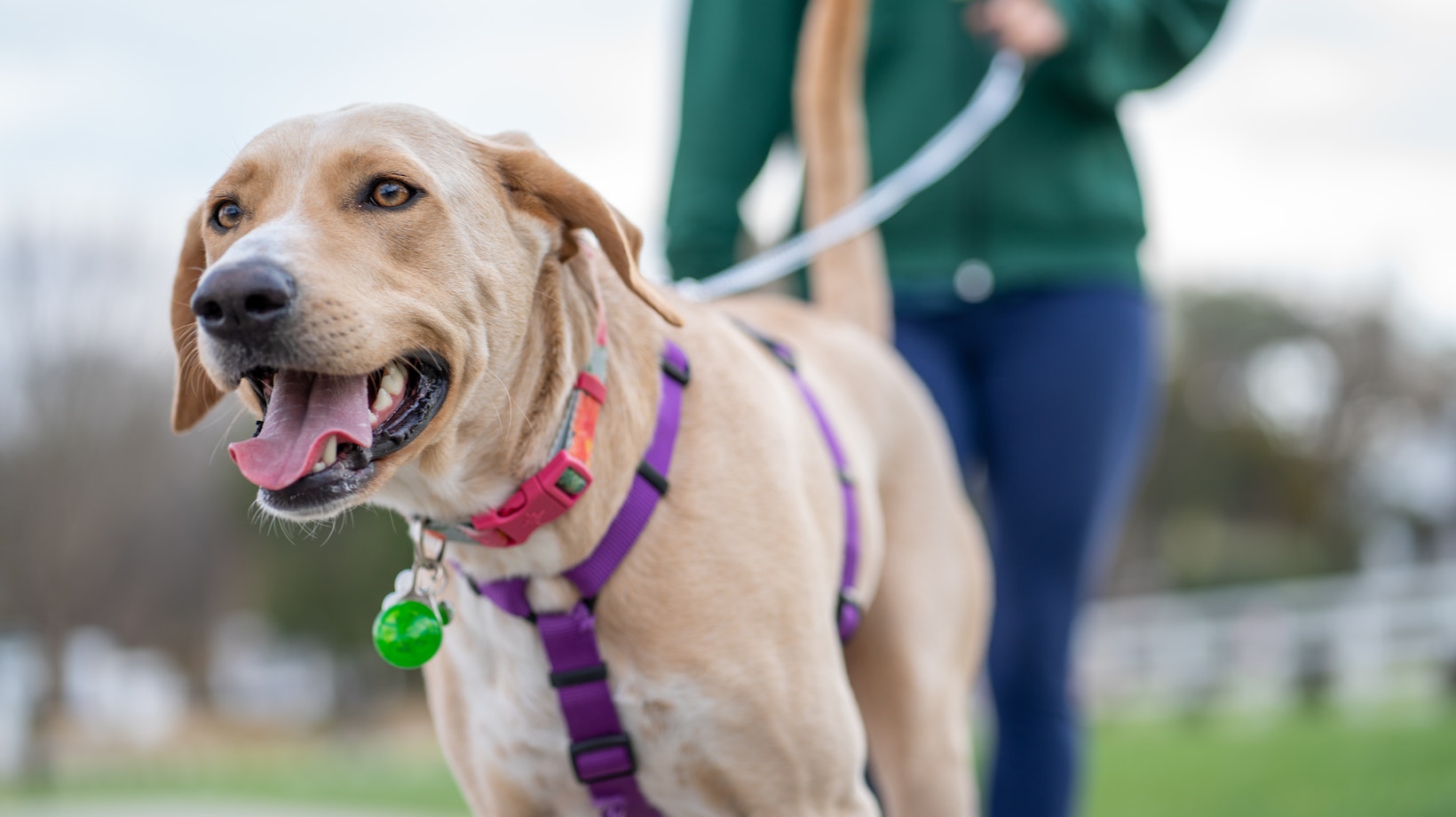Training a territorial dog, such as a Labrador, can be a challenging task. Dealing with a dog that exhibits territorial behavior can create difficulties in daily life and may even result in aggression towards other animals or people. However, with the right approach and consistent training techniques, it is possible to teach your Labrador to overcome their territorial instincts and become a well-behaved companion.
One of the key strategies when training a territorial dog is socialization. Introduce your Labrador to various environments, people, and animals from an early age. This helps them develop positive associations and reduces the likelihood of them feeling threatened by unfamiliar situations or individuals.
Another important aspect of training is establishing yourself as the pack leader. Dogs are naturally pack animals and need clear guidance on how to behave appropriately. By setting firm boundaries, providing consistent rules, and rewarding desired behavior while discouraging unwanted actions, you can assert your authority in a gentle yet effective manner.
Remember that training takes time and patience. Consistency is vital for success when dealing with territorial dogs like Labradors. Gradually expose your furry friend to different situations while ensuring their safety and comfort. With dedication and perseverance, you’ll be able to train your Labrador out of their territorial tendencies and foster a harmonious relationship based on trust and respect.
How to Train a Territorial Dog
Signs of Territorial Behavior in Dogs
When it comes to understanding territorial behavior in dogs, it’s important to recognize the signs that indicate this instinctual trait. Some common signs include:
- Aggressive posturing: A territorial dog may display aggressive behaviors like growling, barking, lunging, or showing teeth when someone or something encroaches on their perceived territory.
- Protectiveness over resources: Dogs with territorial tendencies may guard their food bowl, toys, bed, or other possessions more intensely than usual.
- Marking and scenting: Urinating on objects or areas within their territory is a way for dogs to mark their presence and communicate ownership.
- Boundary patrolling: Dogs may patrol the boundaries of their territory by walking along fences or windowsills and keeping an eye on what’s happening outside.
Recognizing these signs can help you identify if your Labrador or any other breed has developed territorial behavior.

Common Triggers for Territorial Aggression
Understanding the triggers that can provoke territorial aggression in dogs is crucial for effective training. While each dog is unique and may have different triggers, some common ones include:
- Strangers approaching the home: Dogs often perceive unfamiliar people entering their property as a potential threat and may display aggressive behaviors to protect their territory.
- Other animals entering the territory: The presence of other animals near a dog’s designated space can trigger territorial responses such as growling or even physical confrontation.
- Intrusion into personal space: When someone invades a dog’s personal space without invitation, such as reaching out to pet them abruptly, it can provoke defensive reactions.
By identifying these triggers specific to your dog’s behavior patterns, you can tailor your training approach accordingly.
Effective Training Techniques for Territorial Dogs
Training a territorial dog requires patience, consistency, and positive reinforcement. Here are some effective techniques to help manage and modify their territorial behavior:
- Socialization: Introduce your dog to a variety of people, animals, and environments from an early age. This helps them become more comfortable with new experiences and decreases their tendency towards territorial aggression.
- Desensitization: Gradually expose your dog to the triggers that typically provoke their territorial behavior in controlled situations. Over time, they will learn that these situations are not always a threat.
- Positive reinforcement: Reward your dog with treats, praise, or play when they exhibit non-aggressive behaviors in potentially triggering situations. This reinforces positive associations and encourages them to respond calmly rather than aggressively.
- Obedience training: Teach your Labrador basic obedience commands like “sit,” “stay,” and “leave it.” These commands provide you with control over their behavior and can be used as distractions during potential trigger situations.
- Seek professional help if needed: If you’re struggling to manage your dog’s territorial behavior on your own, consider seeking guidance from a professional dog trainer or animal behaviorist who specializes in working with territorial dogs.
Remember that consistency is key when training a territorial dog, so reinforce desired behaviors consistently while avoiding rewarding aggressive responses.
Understanding the signs of territorial behavior, identifying common triggers, and employing effective training techniques tailored to your Labrador’s needs will help you shape their behavior positively over time.